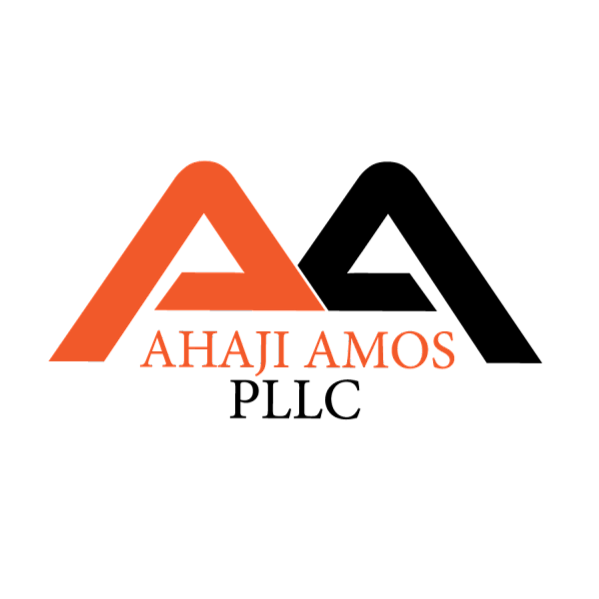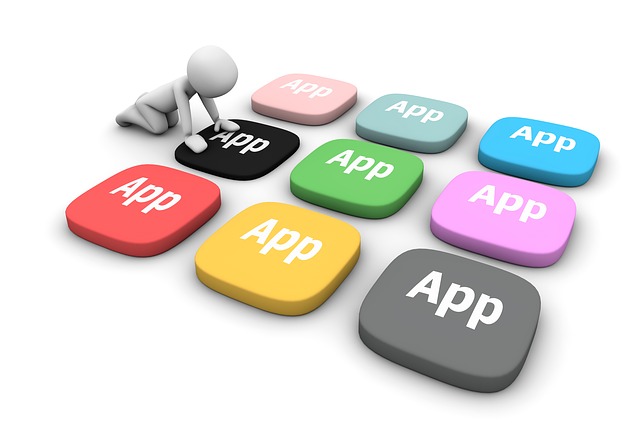
BLOG
5 Things to Know About Design Patents
Can I patent my design | What is a design patent?
5 Things to Know About Design Patents
Are you a designer? If so, did you know that you can patent your designs? Even if you are not a designer, if your utility patent has a unique design, did you know that you can patent that design? Design patents can be just as valuable as utility patents. For example, if you ask a woman if she has any red bottom shoes, she will most likely know who designs red bottoms, especially if the woman is a shoe fanatic! Now, she may not have any, but . . . Did you know that Louis Vuitton has several patents for shoes, boots, purchases, jewelry, and watches? There is a reason why LV made investments to protect his designs – it’s called brand recognition. If you have a design that you would like to protect, here are 5 tips you need to know about design patents.
1. What is a design with respect to patents?
A design consists of the visual ornamental characteristics embodied in, or applied to, an article of manufacture. The subject matter of a design patent application may relate:
· to the configuration or shape of an article;
· to the surface ornamentation applied to an article; or
· to the combination of configuration and surface ornamentation.
A design for surface ornamentation is inseparable from the article to which it is applied and cannot exist alone. It must be a definite pattern of surface ornamentation, applied to an article of manufacture.
The United States Patent and Trademark Office (USPTO) examines applications and grants patents on inventions when applicants are entitled to them. The patent law provides for the granting of design patents to any person who has invented any new, original and ornamental design for an article of manufacture. A design patent protects only the appearance of the article and not structural or utilitarian features. --- 35 USC 171
2. What are the types of designs and modified forms of design patents?
An ornamental design may be embodied in an entire article or only a portion of an article or may be ornamentation applied to an article. If a design is directed to just surface ornamentation, it must be shown applied to an article in the drawings, and the article must be shown in broken lines, as it forms no part of the claimed design.
A design patent application may only have a single claim (37 CFR § 1.153). Designs that are independent and distinct must be filed in separate applications since they cannot be supported by a single claim. Designs are independent if there is no apparent relationship between two or more articles. Designs are considered distinct if they have different shapes and appearances even though they are related articles. However, modified forms, or embodiments of a single design concept may be filed in one application. --- 35 USC 171
3. What is the difference between a design and utility patents.
In general terms, a "utility patent" protects the way an article is used and works (35 U.S.C. 101), while a "design patent" protects the way an article looks (35 U.S.C. 171). Additionally, a utility patent has a 20 year patent term while a design patent has a 14 year patent term. As an example, one could obtain a utility patent on the air suspension system in the sole of a shoe, and could then patent the design of the shoe itself. The suspension system has utility while the design is just a design.
4. What is the subject matter for design patents?
A design for an article of manufacture that is dictated primarily by the function of the article lacks ornamentality and is not proper statutory subject matter under 35 U.S.C. 171. Specifically, if at the time the design was created, there was no unique or distinctive shape or appearance to the article not dictated by the function that it performs, the design lacks ornamentality and is not proper subject matter. In addition, 35 U.S.C. 171 requires that a design to be patentable must be "original." Clearly a design that simulates a well-known or naturally occurring object or person is not original as required by the statute. Furthermore, subject matter that could be considered offensive to any race, religion, sex, ethnic group, or nationality is not proper subject matter for a design patent application (35 U.S.C. 171 and 37 CFR § 1.3).
5. What are the elements of a design patent application?
The elements of a design patent application should include the following:
· Preamble, stating name of the applicant, title of the design, and a brief description of the nature and intended use of the article in which the design is embodied;
· Cross-reference to related applications (unless included in the application data sheet).
· Statement regarding federally sponsored research or development.
· Description of the figure(s) of the drawing;
· Feature description;
· A single claim;
· Drawings or photographs;
· Executed oath or declaration.
In addition, the filing fee, search fee, and examination fee are also required. If applicant is a small entity, (an independent inventor, a small business concern, or a non-profit organization), these fees are reduced by half. --- 35 USC 171
Ahaji Amos is patent and trademark attorney with 17 years of experience in intellectual property litigation and prosecution at Ahaji Amos, PLLC, a law firm that represents startup and small businesses in all matters including patent prosecution, trademark prosecution, copyrights, trade secrets, oppositions, cancelations, equity funding and commercial litigation. Ahaji Amos, PLLC is dedicated to representing entrepreneurs, inventors, and innovators.
This article is for information and advertising purposes and does not constitute legal advice. No attorney-client relationship is formed in the absence of a fully written and executed engagement agreement between Ahaji Amos, PLLC and its clients. Ahaji Amos can be reached at ahaji@ahajiamos.com. More information can be found at https://ahajiamos.com.
I’m on YouTube!
Ahaji Amos, PLLC
CAN I GET A PATENT ON MY INVENTION?
Can I Get a Patent On My Invention | Is My Invention Patentable | What are the Types of Patents | What Can Be Patented
Can You Get a Patent on Your Invention? Here’s How to Know If Your Invention Can Be Patented
Patents are provided for in Article 1, Section 8, Clause 8 of the U.S. Constitution, which states:
The Congress shall have the power… [t]o promote the progress of science and useful arts, by securing for limited times to authors and inventors the exclusive right to their respective writings and discoveries.
Do you have an invention that you would like to patent? Do you know if your product even qualifies for a patent?
CATEGORY OF PATENTS
Utility Patent
Patent-Eligible Subject Matter: The subject matter for a utility patent can be a process, machine, composition of matter, manufacture, or any improvement thereof. To secure a utility patent, you must show that your invention is new, useful, and unobvious over the prior art (the previously known subject matter). The term of a utility patent is 20 years.
• Process is a method of treating material to produce a particular result or product. A process can also relate to a new use of a known composition, apparatus or the like.
• Machine is a device in which energy can be utilized to perform a useful operation (e.g., an apparatus with the required mechanical or electrical elements.)
• Composition of matter is a combination of two or more substances (e.g., chemical elements, chemical compounds, or other components).
• Manufacture is a category for the remaining statutory subject matter that is not a process, machine, or composition.
• Computer program.
• Business method.
Ineligible Subject Matter: Certain subject matter is not patentable such as:
• Laws of nature;
• Physical phenomena;
• Abstract ideas;
• Perpetual motion machine (deemed impossible); and
• No patent may issue on a claim directed to or encompassing a human organism.
Before 1998, mathematical algorithms were ineligible subject matter as well. Hence, a patent could not be obtained for a computer program encompassing an algorithm. However, you can get a patent for a machine that includes a programmed computer or for a process that performs a function utilizing a programmed computer. Thus, an algorithm is patentable if it is applied in a useful way. Specifically, if the algorithm is directed to a machine programmed to provide a useful, concrete and tangible result, it is important to note that an algorithm as merely an abstract idea is still unpatentable.
Design Patent
The design of an article of manufacture that is new, original and ornamental also qualifies for a design patent. Some courts have also required some degree of patentable distinction or inventive faculty (comparable to the non-obviousness requirement for utility patents). No description other than a reference to the drawing(s) is required for a design and the term of the patent is 14 years.
Plant Patent
If you invent or discover and asexually reproduce any distinct and new variety of plant, including cultivated sports, mutants, hybrids, and newly found seedlings (other than a tuber propagated plant or plant found in an uncultivated state), you can secure a patent on the plant. The description of your invention should be as complete as possible. The term of a plant patent is 20 years.
Patentability
You should investigate the patentability of your invention before you file a patent application to determine whether the subject matter of your device, process, or thing has been previously known to others. The test for patentability is whether your invention is new, useful, and unobvious over the prior art. If you are wondering if your invention qualifies for a patent, contact me today.
Ahaji Amos is patent and trademark attorney with 17 years of experience in intellectual property litigation and prosecution at Ahaji Amos, PLLC, a law firm that represents startup and small businesses in all matters including patent prosecution, trademark prosecution, copyrights, trade secrets, oppositions, cancelations, equity funding and commercial litigation. Ahaji Amos, PLLC is dedicated to representing entrepreneurs, inventors, and innovators.
This article is for information and advertising purposes and does not constitute legal advice. No attorney-client relationship is formed in the absence of a fully written and executed engagement agreement between Ahaji Amos, PLLC and its clients. Ahaji Amos can be reached at ahaji@ahajiamos.com. More information can be found at https://ahajiamos.com.
I’m on YouTube!
Ahaji Amos, PLLC











